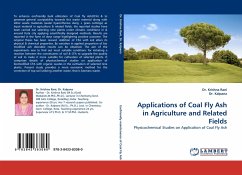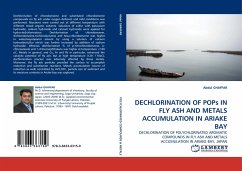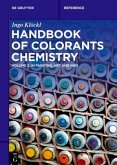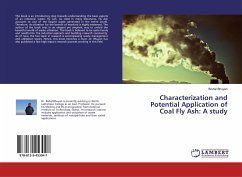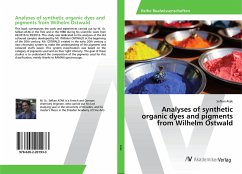Ultramarine pigments have sulphur-based chromophores
in an aluminosilicate framework. This book describes
the synthesis of ultramarine blue from fly ash (a
predominantly aluminosilicate waste product of coal
combustion). Microscopy shows that sulphur has a
structure-directing effect and facilitates the
formation of the zeolite-like structures of
ultramarine pigments. The identities of the
chromophores are a source of debate and this work
contributes to the debate, by modelling several
candidate species for the yellow, blue and red
species in ultramarine pigments. For sulphur chains
with two and three sulphur atoms, the singly charged
species are the most stable, supporting the
hypothesis that the exothermic transition from green
to blue ultramarine is the transformation of the
doubly charged species to the singly charged species.
[A specotroscopic study leads to the
counter-conclusion that the yellow to blue transition
is the disulphide to the trisulphide transition.] For
the single charged chain with three sulphur atoms the
open chain is more stable than the closed triangle.
The best candidate for the red ultramarine
chromophore is the cis isomer of four sulphur atoms
in a chain.
in an aluminosilicate framework. This book describes
the synthesis of ultramarine blue from fly ash (a
predominantly aluminosilicate waste product of coal
combustion). Microscopy shows that sulphur has a
structure-directing effect and facilitates the
formation of the zeolite-like structures of
ultramarine pigments. The identities of the
chromophores are a source of debate and this work
contributes to the debate, by modelling several
candidate species for the yellow, blue and red
species in ultramarine pigments. For sulphur chains
with two and three sulphur atoms, the singly charged
species are the most stable, supporting the
hypothesis that the exothermic transition from green
to blue ultramarine is the transformation of the
doubly charged species to the singly charged species.
[A specotroscopic study leads to the
counter-conclusion that the yellow to blue transition
is the disulphide to the trisulphide transition.] For
the single charged chain with three sulphur atoms the
open chain is more stable than the closed triangle.
The best candidate for the red ultramarine
chromophore is the cis isomer of four sulphur atoms
in a chain.


